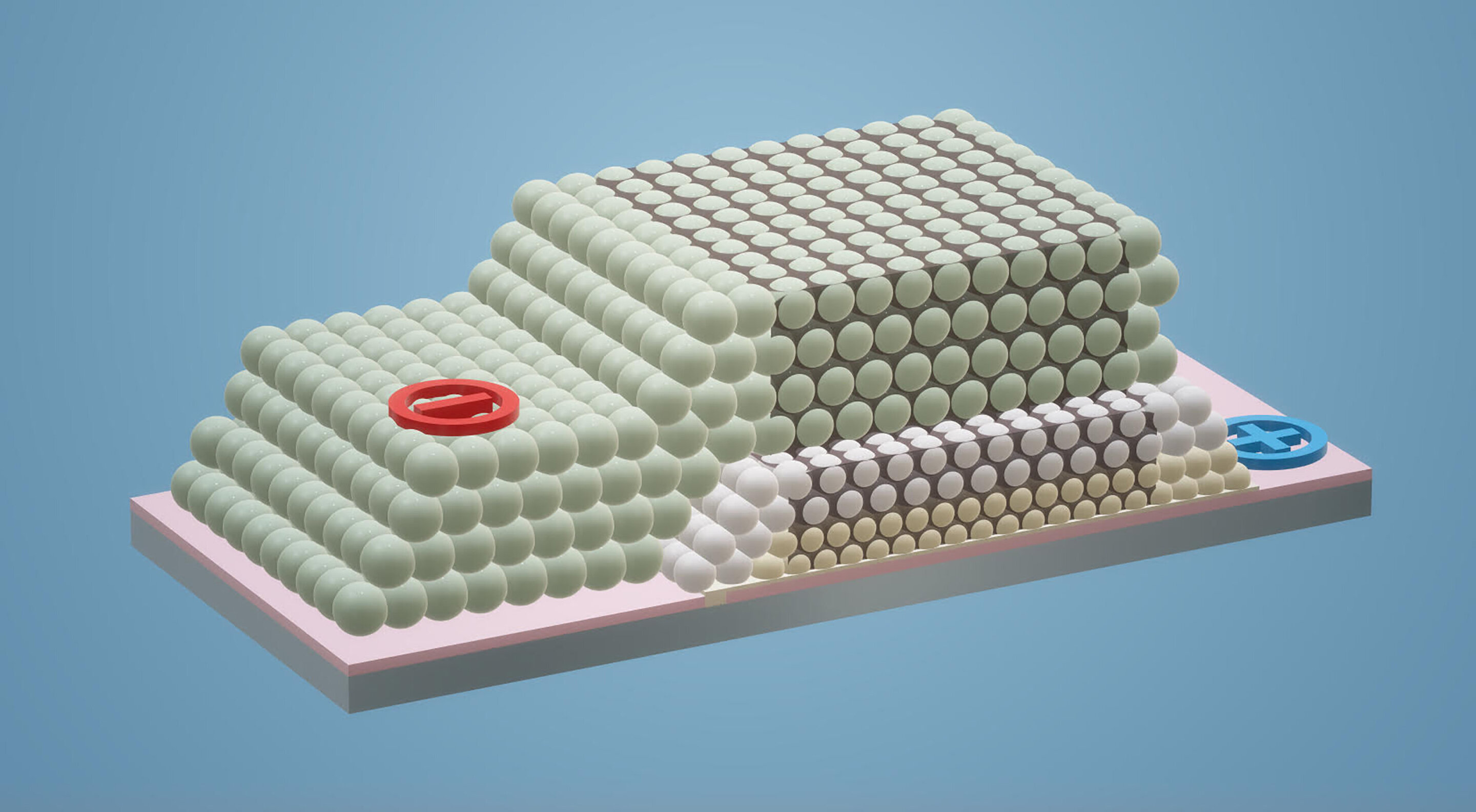#Pregnancy raises energy expenditure less than believed

“#Pregnancy raises energy expenditure less than believed”

Human pregnancy entails important changes in female physiology and energy expenditure throughout gestation. Among pregnant women, there is wide individual variability in the physiological changes that meet the costly energy demands of reproduction. A recent study shows that, despite the clear differences in body mass and body tissues between pregnant and nonpregnant females, their energy expenditure is similar.
This research was conducted by the Palaeophysiology and Ecology and Palaeoecology of Mammals groups at the Centro Nacional de Investigación sobre la Evolución Humana (CENIEH), led respectively by Ana Mateos and Jesús Rodríguez, in collaboration with the Hospital Universitario de Burgos (HUBU), and has been published in the American Journal of Human Biology.
To carry it out, an experimental study was designed to look at energy expenditure, body composition and mass, comparing women in the final three months of pregnancy with others who were not pregnant. In the tests, performed at the CENIEH Bioenergy and Motion Analysis Laboratory, a total of 77 volunteers participated.
The main result of this work shows that the changes in body composition during the final three months of gestation could help a pregnant female to expend less energy than other nonpregnant ones with the same body mass.
“Pregnant women have higher percentages of fat mass, which is considered metabolically passive and so consumes less energy, while they have lower percentages of other much more active tissues such as muscle. As a consequence, it is likely that pregnancy is not as costly as had been proposed up to now,” says Olalla Prado, co-author of this study.
Adipose tissue, key to human evolution
Humans have managed to reproduce successfully and survive in the most varied environmental conditions and social and economic circumstances. “Having a higher proportion of adipose tissue, compared with other primates, has enabled us to cope with the energy demands of costly physiological processes such as menstrual cycle, pregnancy and lactation, in the case of women, during moments of scarce resources, and ensured the reproductive success of the species over the course of our evolution,” says Mateos.
This study was carried out in collaboration with the Obstetrics Department of the HUBU Gynecology and Obstetrics Service. “We have also had the inestimable help of the midwives at Sacyl with recruiting and offering information to the women participating. Therefore, we have dedicated this work, carried out in 2020, to all health professionals,” says Mateos.
Seizure frequency not up in pregnancy for women with epilepsy
Olalla Prado‐Nóvoa et al. Body composition helps: Differences in energy expenditure between pregnant and nonpregnant females, American Journal of Human Biology (2020). DOI: 10.1002/ajhb.23518
Provided by
CENIEH
Citation:
Pregnancy raises energy expenditure less than believed (2021, February 3)
retrieved 3 February 2021
from https://medicalxpress.com/news/2021-02-pregnancy-energy-expenditure-believed.html
This document is subject to copyright. Apart from any fair dealing for the purpose of private study or research, no
part may be reproduced without the written permission. The content is provided for information purposes only.
If you liked the article, do not forget to share it with your friends. Follow us on Google News too, click on the star and choose us from your favorites.
For forums sites go to Forum.BuradaBiliyorum.Com
If you want to read more Like this articles, you can visit our Science category.

